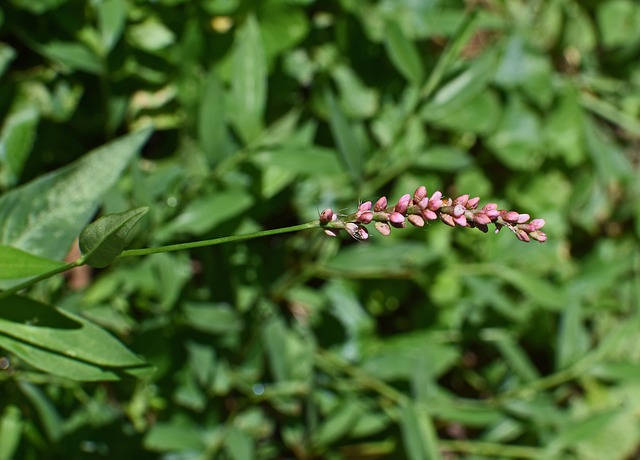While plants and foliage often increase a property’s value, this isn’t the case for invasive plants like Japanese knotweed. Once this plant infiltrates a garden, it can take it over at a rapid pace, pushing out other plants in the process. Luckily, if homeowners identify Japanese knotweed early on, they can take action and work to remove the plant before it has the opportunity to spread.
Before discussing how best to deal with knotweed, it’s important to take a look at how this plant made its way to the UK. The plant has an unusual history, and by studying that history, you’ll be better prepared to deal with other types of invasive plants as well.
Where Does Japanese Knotweed Come From?
As its name suggests, Japanese knotweed is native to Japan, but it’s naturally found in other Asian regions, like Korea and China as well. It’s among the many species of plants that are known to grow alongside volcanos. Within its natural environment, the plant is capable of organic reproduction. Furthermore, it’s benefited by rhizomes growing beneath the Earth’s surface.
In the regions where knotweed grows naturally, insects, fungi, and other predators help to slow its spread. Furthermore, the environment it grows in is much harsher than the one found in the United Kingdom. While the plant is a serious threat here, that’s not the case in its natural environment.
Japanese knotweed was first discovered in the 18th century by Maarten Houttuyn, a Dutch naturalist. He gave it the name “reynoutria japonica,” which is still used to this day. However, because all records of this discovery were lost for a period of time, the plant was rediscovered by botanists from Europe that explored Japan approximately 150 years later.
A botanist from Bavaria, Phillip von Siebold found the plant and gave it the name “polygonum cuspidatum.” Much later on, in 1901, Makino, a Japanese botanist, realized that Houttuyn and Siebold had “discovered” the same plant.
How Did Japanese Knotweed Come to the United Kingdom?
The plant was brought to the UK in 1850 by Philip von Siebold. Siebold didn’t realize how the plant would impact the local environment. During this period, the upper classes had an interest in subjects like plant cultivation and botany. Siebold and other botanists were able to receive funding for research trips by discovering plants and bringing them back to nurseries in Europe. These plants were then cultivated and sold to botanic gardens and commercial nurseries across the globe. As a side point, you might want to make yourself familiar with Japanese Knotweed Guarantee.
What Was the Purpose of Bringing Japanese Knotweed to the United Kingdom?
The goal of importing Japanese knotweed to the UK was botanical cultivation and commercial sale. During Siebold’s research trip in Japan, he recorded and collected more than 1,000 plants. Many of these plants were planted in the garden located at his research base in Dejima, which is an artificial island close to Nagasaki.
Siebold would regularly box up samples of the plants he had cultivated and have them shipped back to Leiden in the Netherlands. After the plants arrived, they were then cultivated and sent out to botanical gardens in other parts of Europe, including Britain and Belgium.
In 1850, Japanese knotweed was sent to London’s Kew Gardens in an unmarked box. At that time, there was no way of knowing the impact that the plant would have on the UK’s environment.

